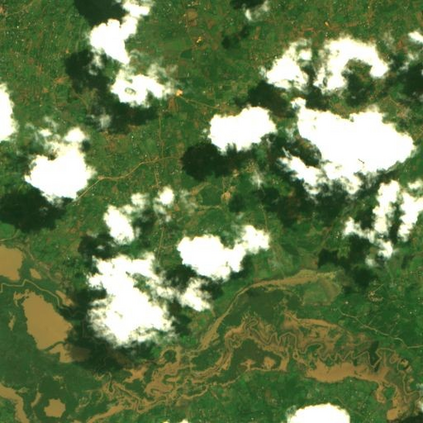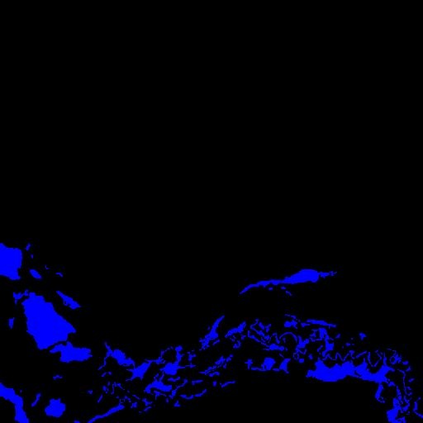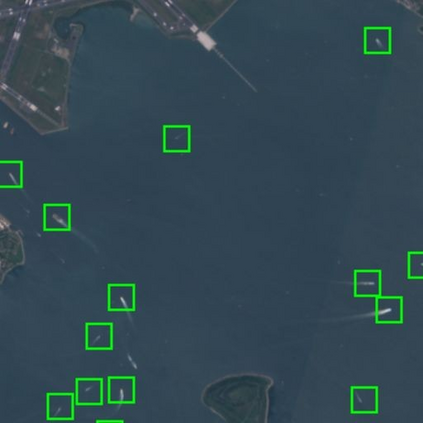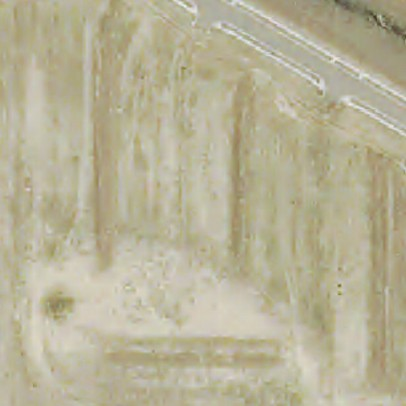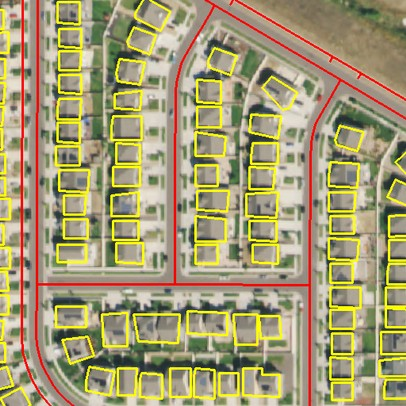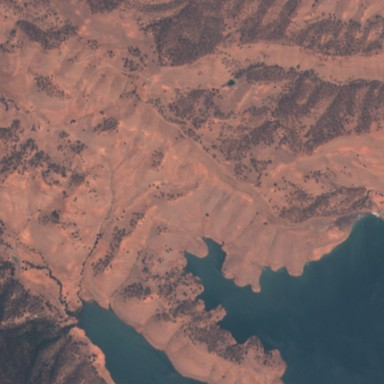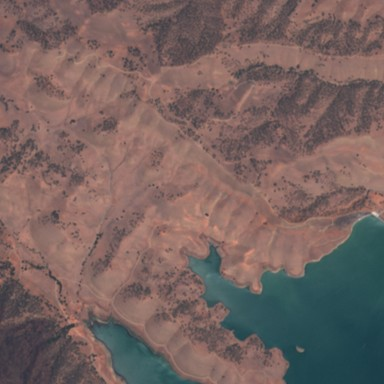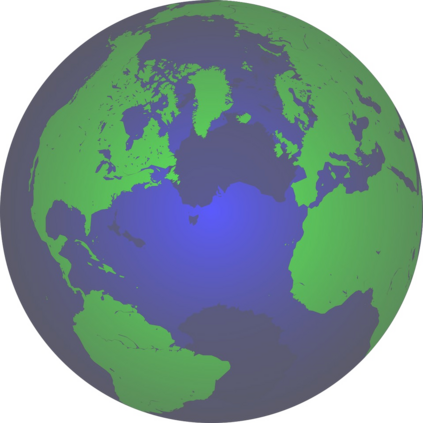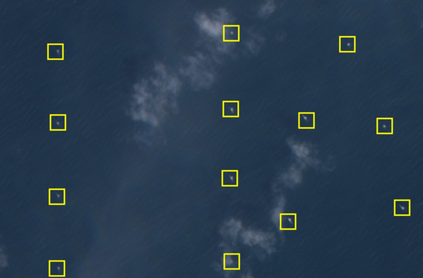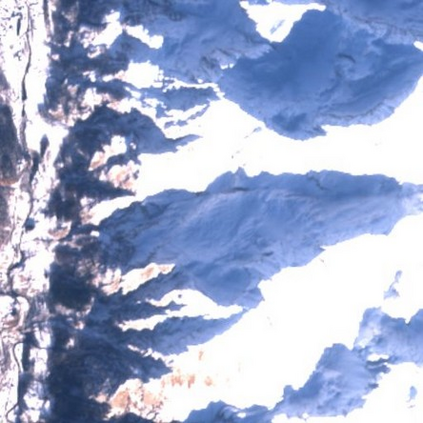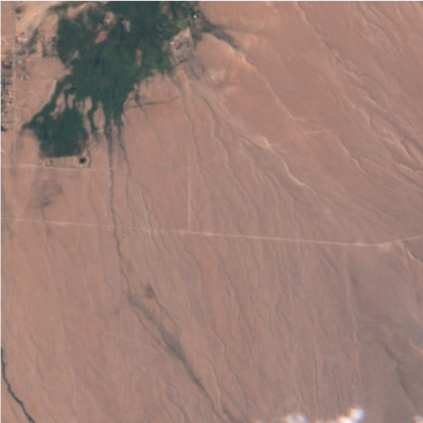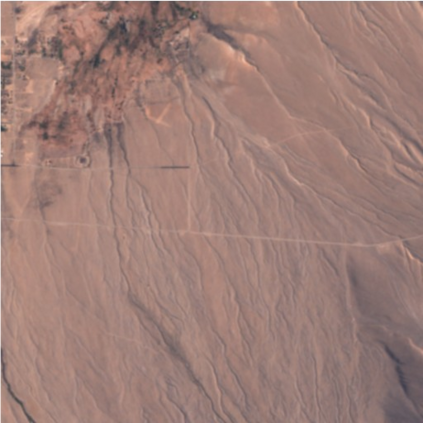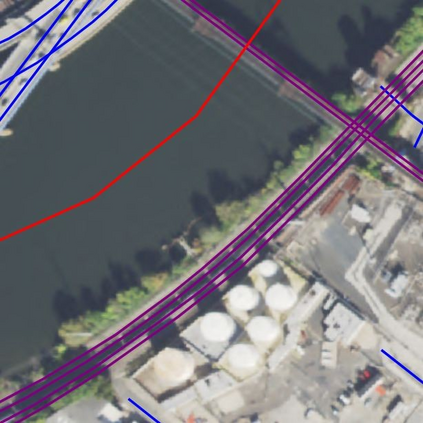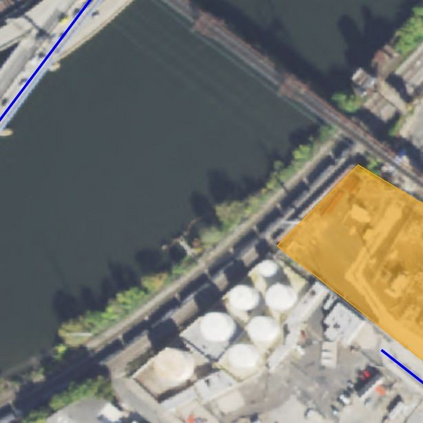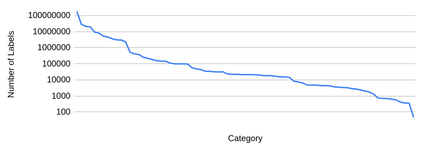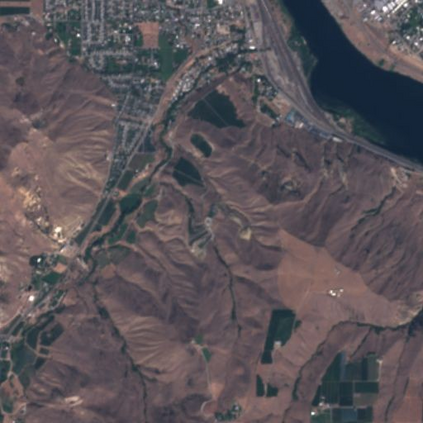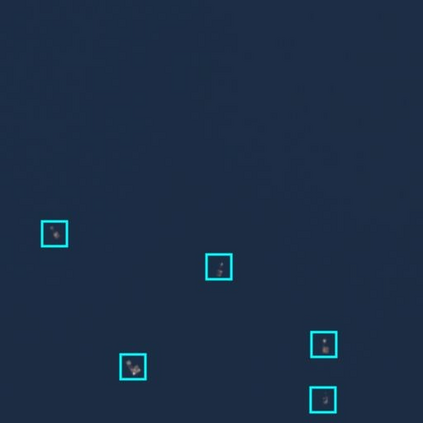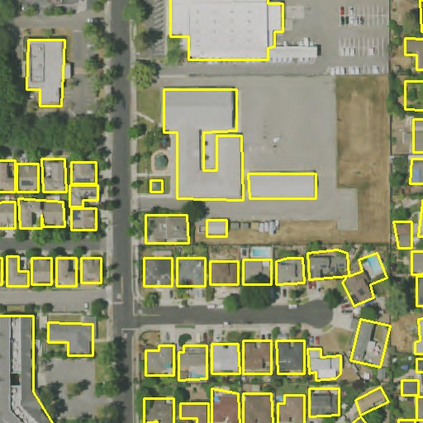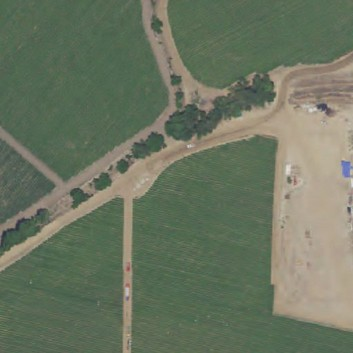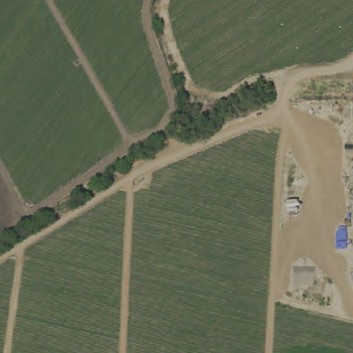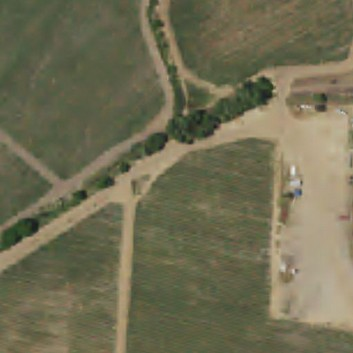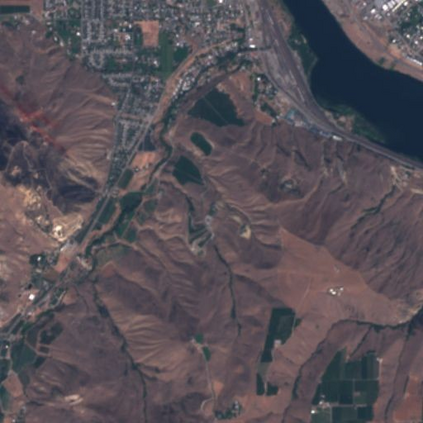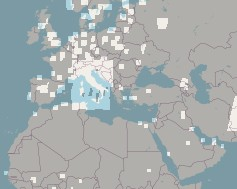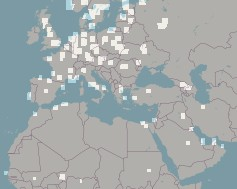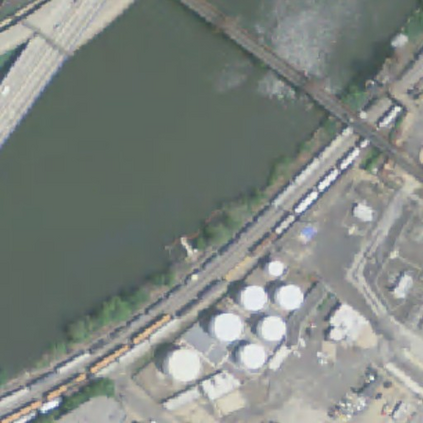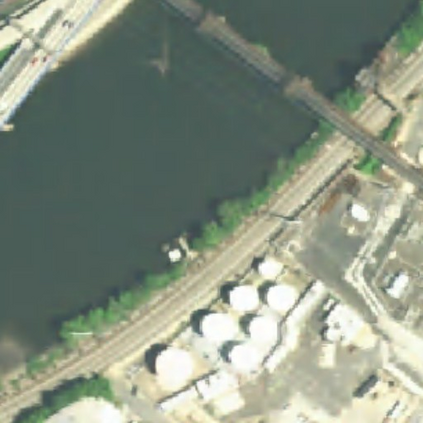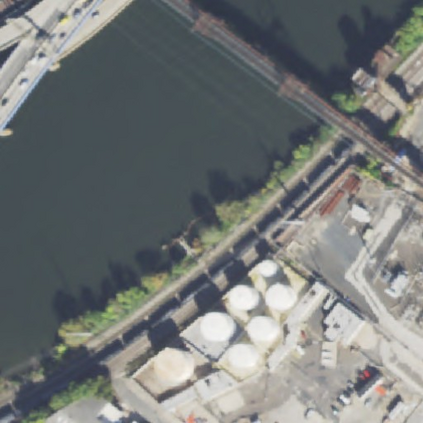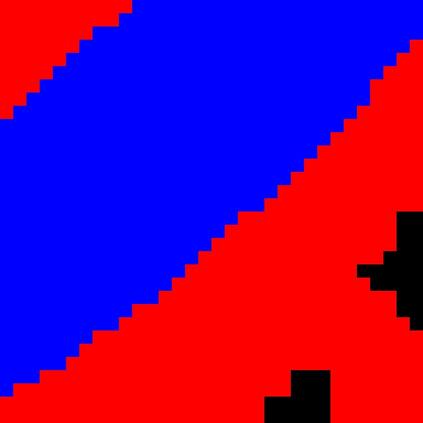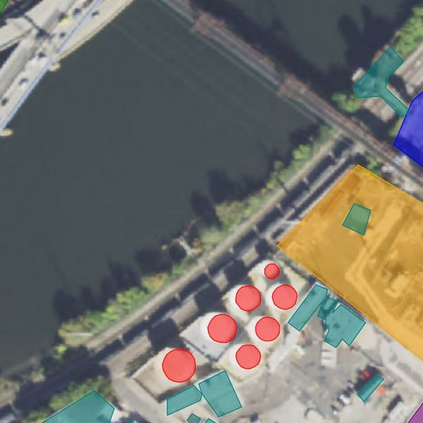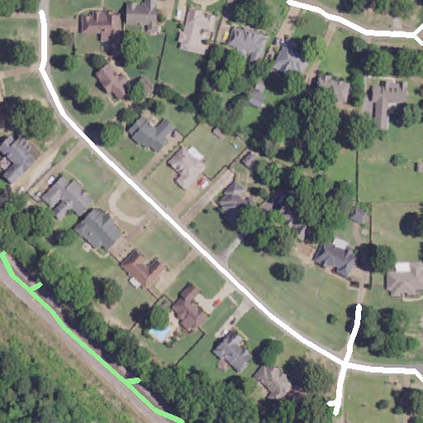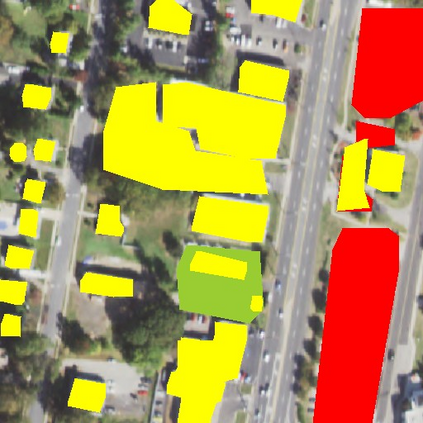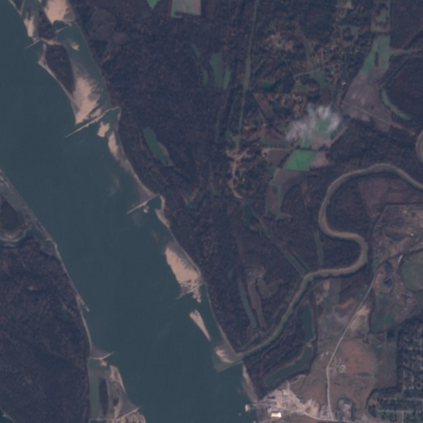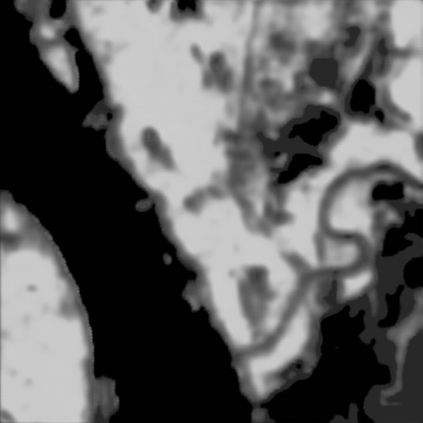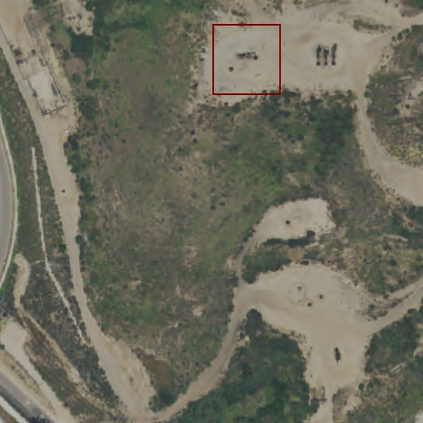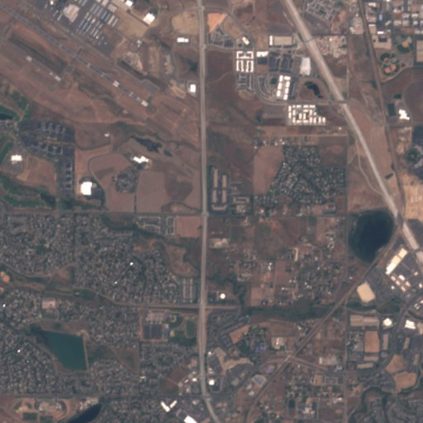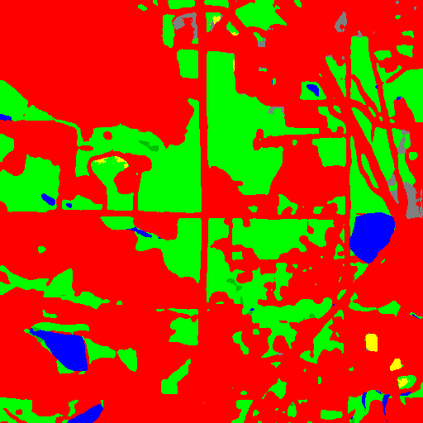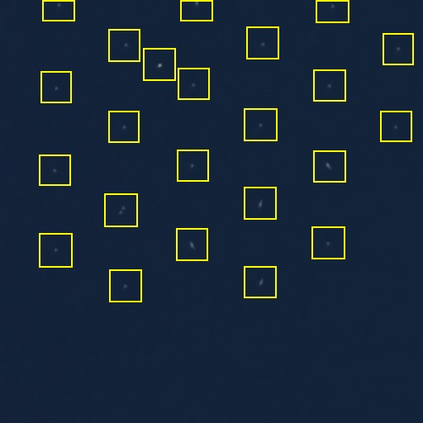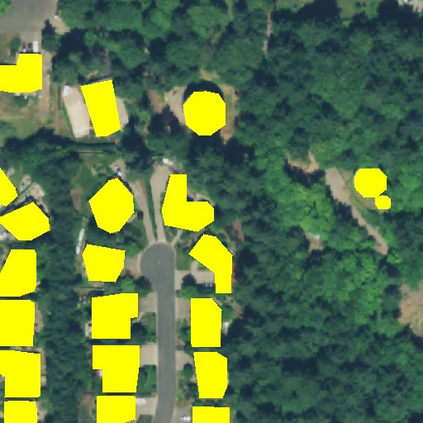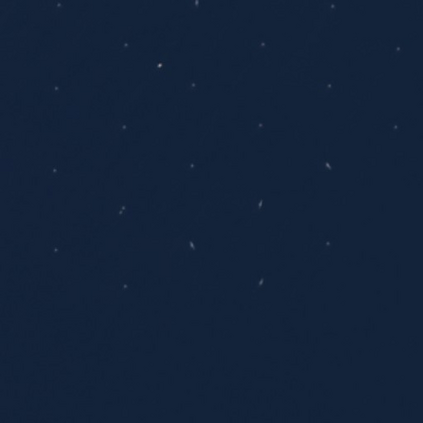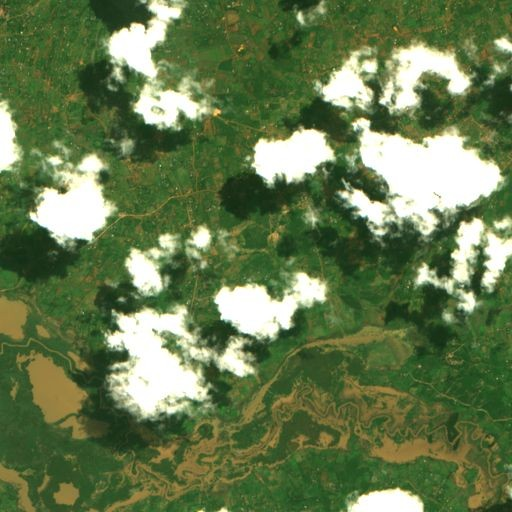Remote sensing images are useful for a wide variety of environmental and earth monitoring tasks, including tracking deforestation, illegal fishing, urban expansion, and natural disasters. The earth is extremely diverse -- the amount of potential tasks in remote sensing images is massive, and the sizes of features range from several kilometers to just tens of centimeters. However, creating generalizable computer vision methods is a challenge in part due to the lack of a large-scale dataset that captures these diverse features for many tasks. In this paper, we present Satlas, a remote sensing dataset and benchmark that is large in both breadth, featuring all of the aforementioned applications and more, as well as scale, comprising 290M labels under 137 categories and seven label modalities. We evaluate eight baselines and a proposed method on Satlas, and find that there is substantial room for improvement in addressing research challenges specific to remote sensing, including processing image time series that consist of images from very different types of sensors, and taking advantage of long-range spatial context. We also find that pre-training on Satlas substantially improves performance on downstream tasks with few labeled examples, increasing average accuracy by 16% over ImageNet and 5% over the next best baseline.
翻译:遥感图像对于各种各样的环境和地球监测任务非常有用,包括追踪森林砍伐、非法捕鱼、城市扩张和自然灾害。地球极为多样,遥感图像的潜在任务数量巨大,而且地貌大小从几公里到仅仅几十厘米不等。然而,创建可普遍适用的计算机视觉方法是一个挑战,部分原因是缺乏一个大型数据集来捕捉这些不同的任务。在本文件中,我们介绍了Satlas,一个遥感数据集和基准,广度很大,包括上述所有应用和更多,以及规模,包括137个类别和7个标签模式下的290M标签。我们在Satlas上评估了8个基线和拟议方法,发现在应对遥感具体研究挑战方面有很大的改进余地,包括处理由非常不同类型传感器图像组成的图像时间序列,并利用远程空间环境。我们还发现,Satlas的预培训大大改进了下游任务的业绩,没有几个标签例子,提高了平均准确率,超过图像网的16%,超过下一个最佳基线的5%。

